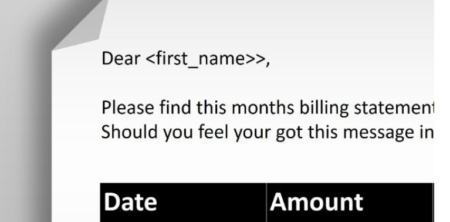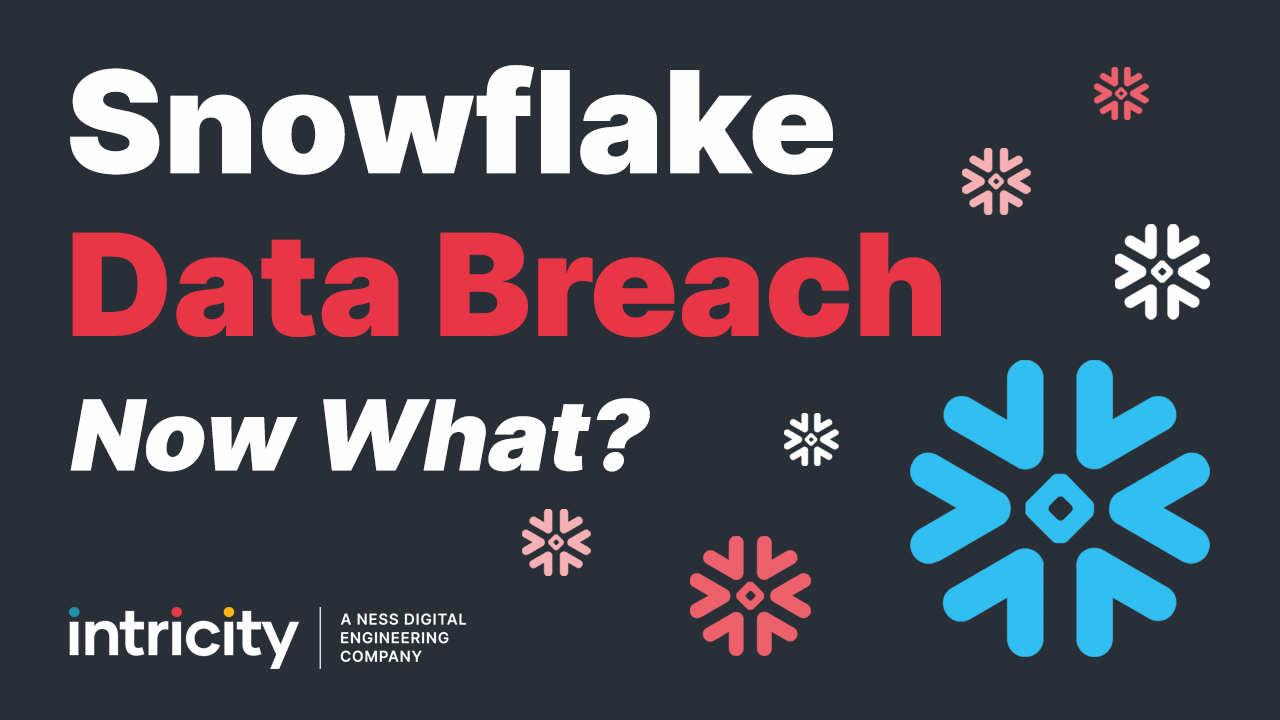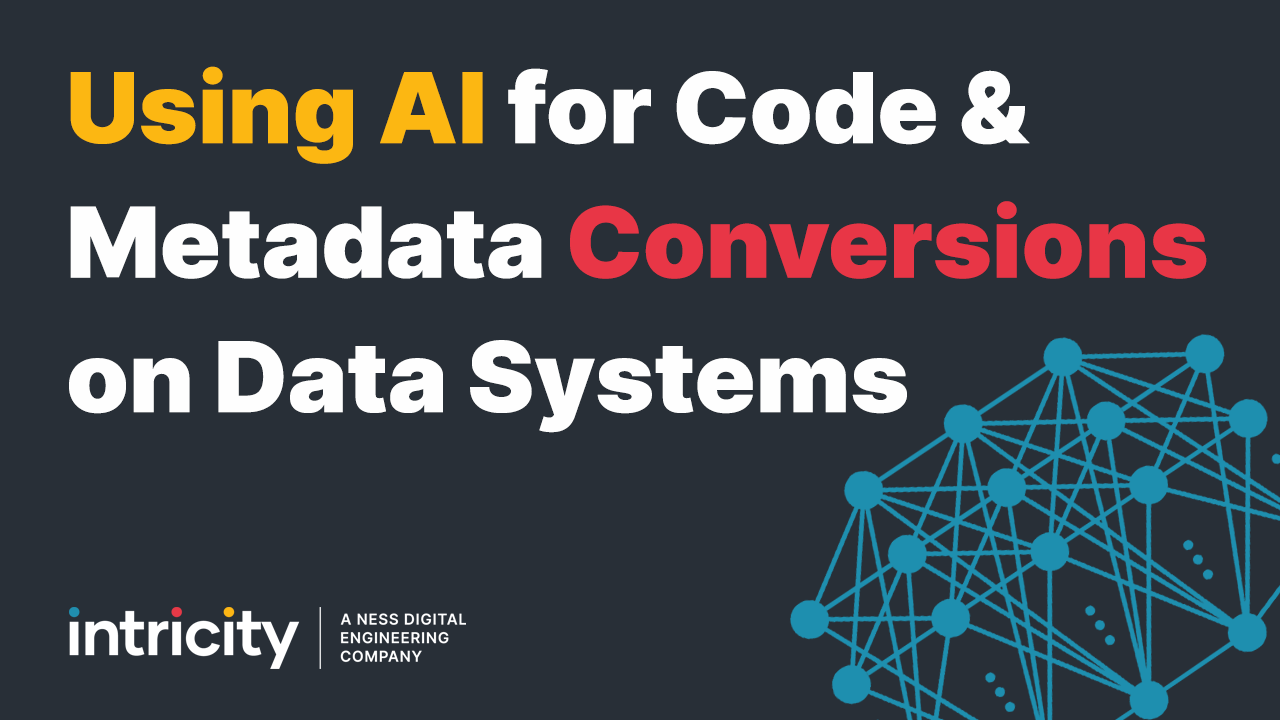Often when we think of Business Intelligence, we box it into a back office reporting and analytics function. But let's think about what Business Intelligence is. Whenever you read data and present it, you’re conducting a Business Intelligence function. So any time you are presenting information in a custom application or printing a statement for a customer, you’re conducting Business Intelligence.
But for some odd reason, when we think of delivering information to our back office, we seek out super flexible Business Intelligence tools and platforms; but when we present data to our customers we give them clunky custom built screens. And because they’re locked in the custom code produced by a developer, their output will scarcely receive any updates.
I’m here to tell you that it doesn’t have to be this way, and more importantly it shouldn’t be this way. Because there are a few core functions that really should be owned by a best of breed Business Intelligence platform and not by your custom code. And in this video, I’m going to share 4 things that you’ll need to make your customers data consumption experience a competitive advantage.
1 - An interface that gives a mere mortal the ability to design reports and analytics. Now I’m not suggesting that your customers will be designing their own reports. But I am suggesting that people besides the coder of your application have the ability to add reporting content that benefits the customer. After all, the person that develops your customer portal may be long gone and the business users will need the capacity to engage in adding analytical content to the customer portal. The last thing an organization need is a barrier to communicating with their customers because that information is locked up in some coders head. So when you’re designing your customer portal don’t assume that you’ll only have a handful of reports, because you will lose your competitive advantage by doing so.
2. An analytical engine that can keep in sync with the customer’s analytical browsing. There is something called the Kano Model which basically says: What use to delight customers, ultimately becomes an expectation. This is true in data consumption as well. There was a time where customers were transitioning from paper viewing to digital viewing. And most people were comfortable with a fairly static data dump view. But this is no longer true. Users are very savvy now and they make judgment calls on your organization based on how data is presented to them. To delight today's customers, they need their view of data to be completely contextualized. If I click on a specific month, then I expect all the other graphs and charts to be part of that narrowed view. In addition, users expect this to work on a multitude of devices, from cell phones all the way to desktops. You don’t easily get these capabilities by custom coding fixed interface into a portal. It requires a best of breed Business Intelligence platform to manage all the permutations a customer might go into, and adjust the controls based on the device the customer is viewing from.
3. A user experience that feels like YOUR website. Now it may sound like I’m going back on my original premise to not custom code your reporting and analytics. However, the best of breed Business Intelligence platforms should give you a rich coding experience to integrate the look and the feel of your customer portal. So you shouldn’t have to sacrifice your customer portal to produce engaging customer analytics.
4. Business Intelligence content that can support multiple delivery types. Viewing information on your website is only one of many scenarios which might support your customer relationship. Other use cases like emailed statements, user notifications, and support for multiple formats like Excel, Word, PowerPoint, and PDF; enable your organization to have a dynamic and multi-touch relationship with your customer, without creating multiple applications containing different versions of the truth. This also means that all the touch points with your customer will contain a consistent look a feel which emphasize your branding.
Obviously not every Business Intelligence platform has the flexibility to cover these requirements. But these 4 attributes are a good starting point in evaluating the capabilities you’ll need.
To help you on your journey in determining which Business Intelligence solution to use. Intricity can help you conduct a Business Intelligence Assessment. These assessments help you map your specific customer requirements to exact Business Intelligence Platform capabilities. To learn more about our assessment templates, I recommend you reach out to Intricity and Talk with a Specialist.



